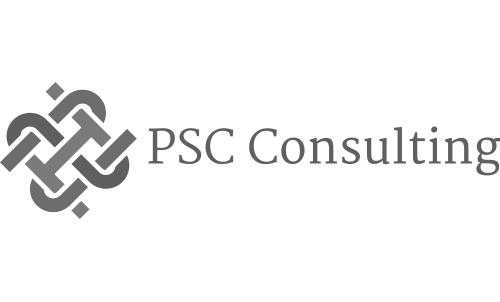I recently read an interesting article by an experienced entrepreneur about how he became a better fundraiser when he stopped preventing venture capitalists from asking stupid questions.
This may seem counterintuitive, but his insight is the realization of a mindset change in communication.
Communicators, salespeople and founders are often trained to stay a step ahead of their target as a way to provide value. By staying ahead of your audience, you are showing you know what you are talking about. While this strategy may work, sometimes it backfires. But I think it’s an opportunity to think about meetings differently with prospective customers and investors.
Anticipating questions is critical when developing a pitch. After all, we want to be prepared for any questions coming our way. But I think being strategic on how we handle the pitch – and set up potential questions – can be just as effective as getting to the bottom of the right answers.
In my experience, pitches are won in the Q&A, not in the presentation. Presentations are designed to be slick. While they are great for presenting an overview of the company, the audience (potential customers or investors) can’t always tell from the presentation the quality of the people behind the brand.
That’s where the Q&A comes in. Investors will always ask questions. That’s how they dig deeper and assess the talent on the team. Sometimes they are looking for a specific answer. Sometimes they want to assess how you think and handle a challenge. Either way, questions, by design, open the door to dig deeper.
There is an old strategy that was used to help train spokespeople for challenging interviews with reporters. In a traditional model, a reporter asks a question, and the interviewee answers it. Then, the reporter asks another question, and so on. In this model, the reporter is steering the dialogue. What if we turn this model around? What if the interviewee answered a question in a way that steered the reporter to ask for a follow-up? If the interviewee could offer just enough to engage the reporter in a dialogue, then the interviewee would steer the direction of the interview. This can apply to a pitch.
A pitch presentation should give a broad overview. It shouldn’t include all the details. It should leave just enough out to prompt the question you want. And the questions you want should be the ones that allow you to drill down on the strengths of your company. For example:
Want to showcase product development? Prompt a question about how you conducted R&D.
Want to highlight the customer base you have or have identified? Prompt a question about customer acquisition.
Want to demonstrate the uniqueness of your offering? Prompt a question about competitors.
Creating the need for a question is not a blind spot. It is an opportunity to steer the conversation. Imagine you talk about your offering in terms of how different it is from anything else on the market, but you don’t describe the competition. This will likely invite a question about competitors in the market. This opens the door for you to speak more in-depth about your assessment of existing offerings and how you designed your offer to address the shortcomings you see in the market. This kind of depth might be too difficult to include in the prepared overview of your company, but in the Q&A, it allows you to position the value proposition in a way that shows the potential investor the depth of your thinking and strategy.
Investors invest in companies with promise, but a big part of that promise is faith in the founders. A presentation is a static way of showing what you have to offer. Investors can learn more about your passion, your way of thinking and your strategy by engaging in Q&A. Give them a reason to ask the question you want.

